A Real Life Visit to an Octopus’s Garden
Published by Ocean Conservancy
We are just one week into our expedition in the Monterey Bay National Marine Sanctuary aboard the E/V Nautilus and our team of scientists, engineers and ocean experts already have a clear leader in our quest to pick a theme song for our journey: Octopus’s Garden by The Beatles.
It is an easy winner after the two biggest discoveries so far on this expedition have been octopuses—a lot of them. Our mission is to explore the Davidson seamount, a 7,000-foot tall mountain that rises from the seafloor about 80 miles off the coast of central California. The seamount’s highest peak is 4,000 feet below the surface, so our ROV dive to explore to seamount’s base last week took us to depths of at least 12,000 feet.
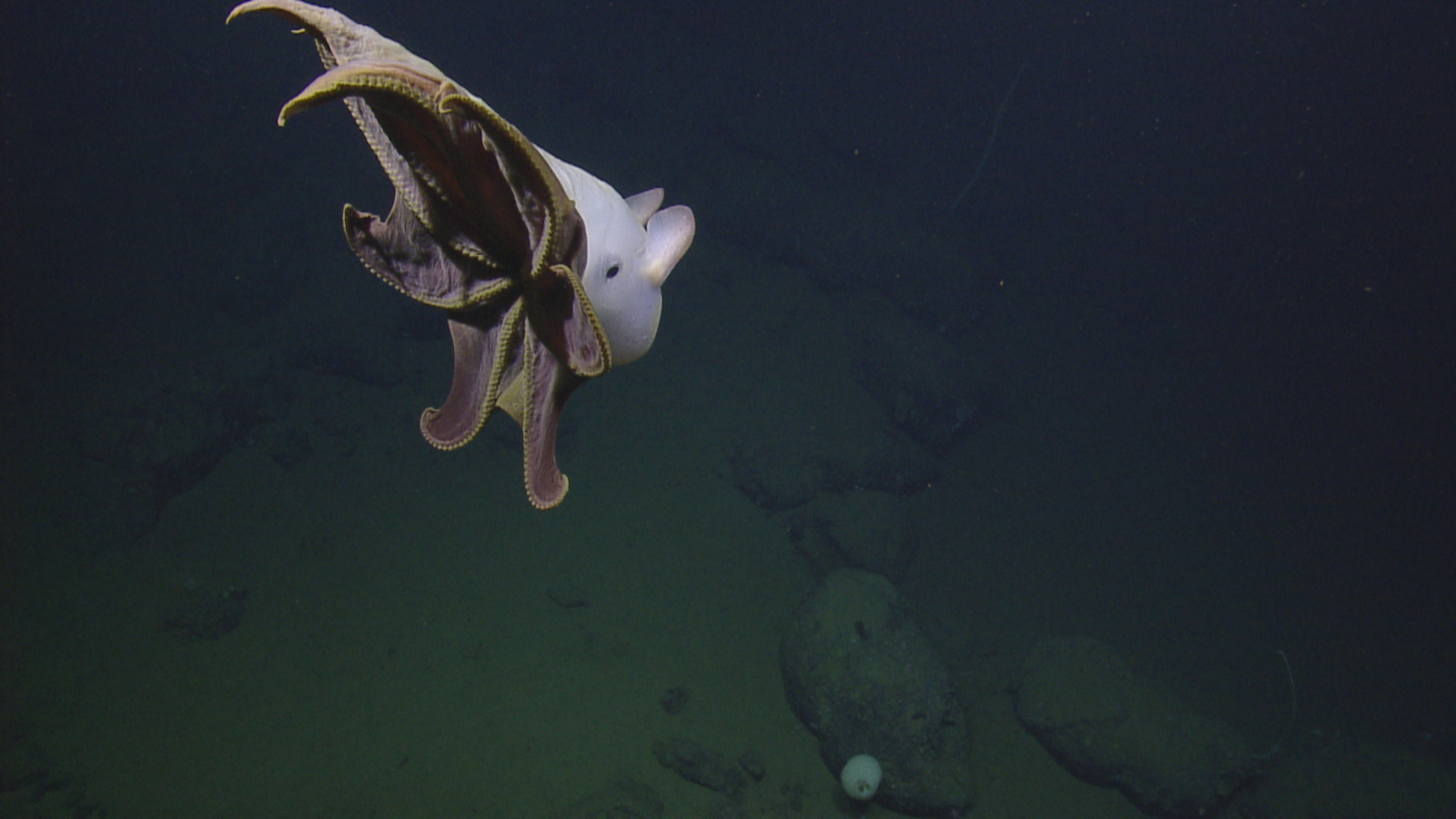

After arriving at depth, we made our first discovery. A ghostly grimpoteuthis octopus swam across the view of our ROV Hercules’s cameras. Sometimes called an umbrella octopus, this was the first sighting of this species in this region. The encounter was an incredibly exciting addition to our knowledge about grimpoteuthis and the biodiversity at Davidson Seamount.
Later, as we were nearing the end of the 30-plus hour dive, we made a stunning discovery. First, we saw a small group of octopuses tucked into bowling ball sized holes in the rocky terrain, including some females brooding with eggs. We realized as we kept going down the ridge that there were a few dozen octopuses in the same posture. Then, we saw something that left us speechless. As Hercules kept flying we saw thousands of octopuses exhibiting the same behavior along the rocky ridge. Never before have this many octopuses been observed together like this.


While scientists have a lot more work to do to understand what we were observing at this “octopus party,” a shimmer can clearly be seen in the video that indicates some gradient in the water. It is possible that seeps are releasing heat in the area, and that the female octopuses are attracted to the warmth to lay their eggs.
For more than 30 hours, the ROVs explored this deep area around the seamount, never before seen by humans. Here are just a few of the other amazing animals we observed:
This yellow sponge caught the eye of the sponge expert on board, Amanda Kahn.
Amanda asked the ROV pilots to take a sample, so they used the robotic arm to “pick” a piece of the sponge. Amanda assured us the sponge wasn’t seriously injured and will recover.
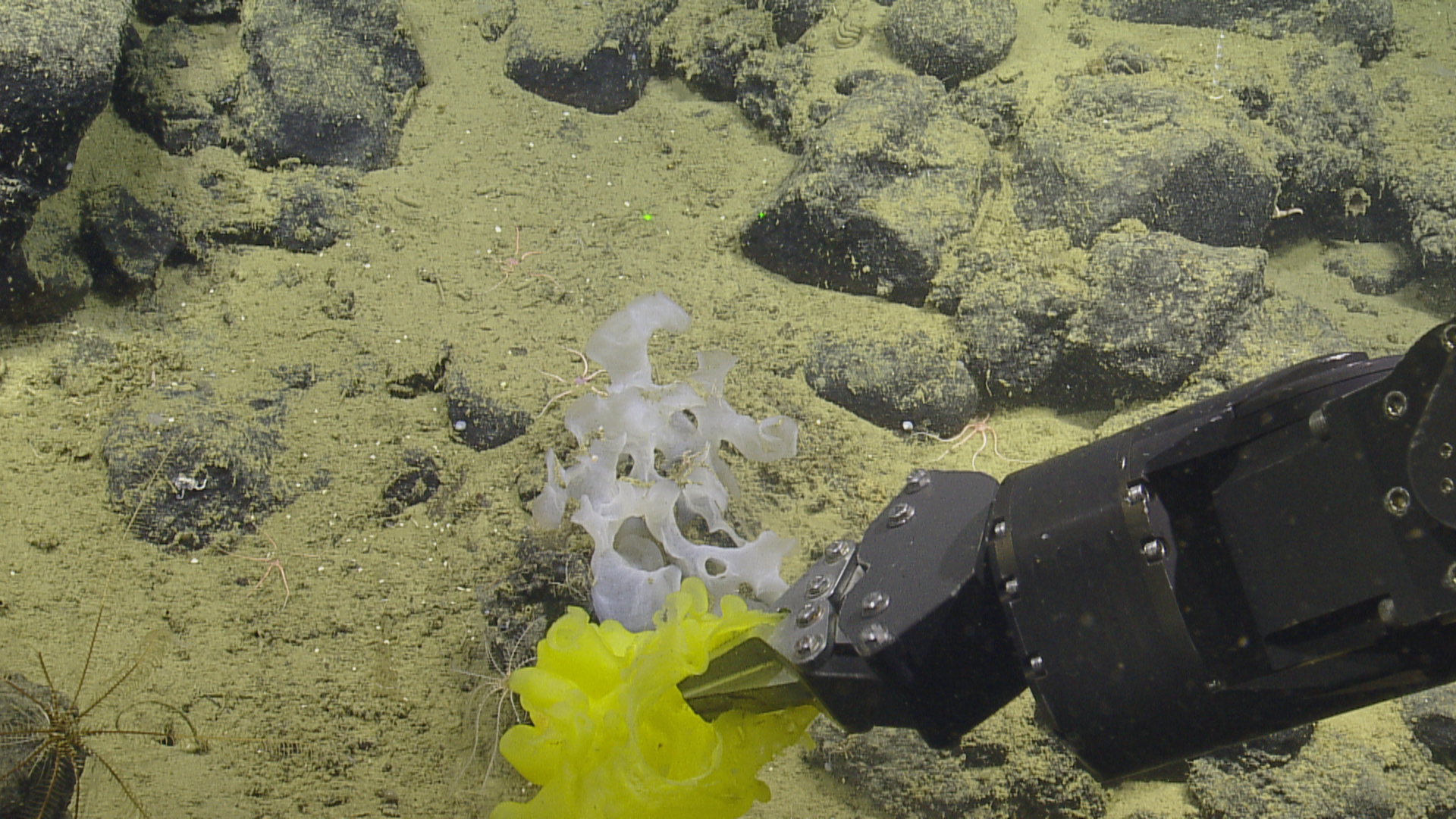

After deep sea corals were discovered at Davidson seamount, the seamount was ultimately added to the National Marine Sanctuary in 2009. These corals can grow for hundreds of years and often fan out in areas where there is an upwelling flow of nutrient water.
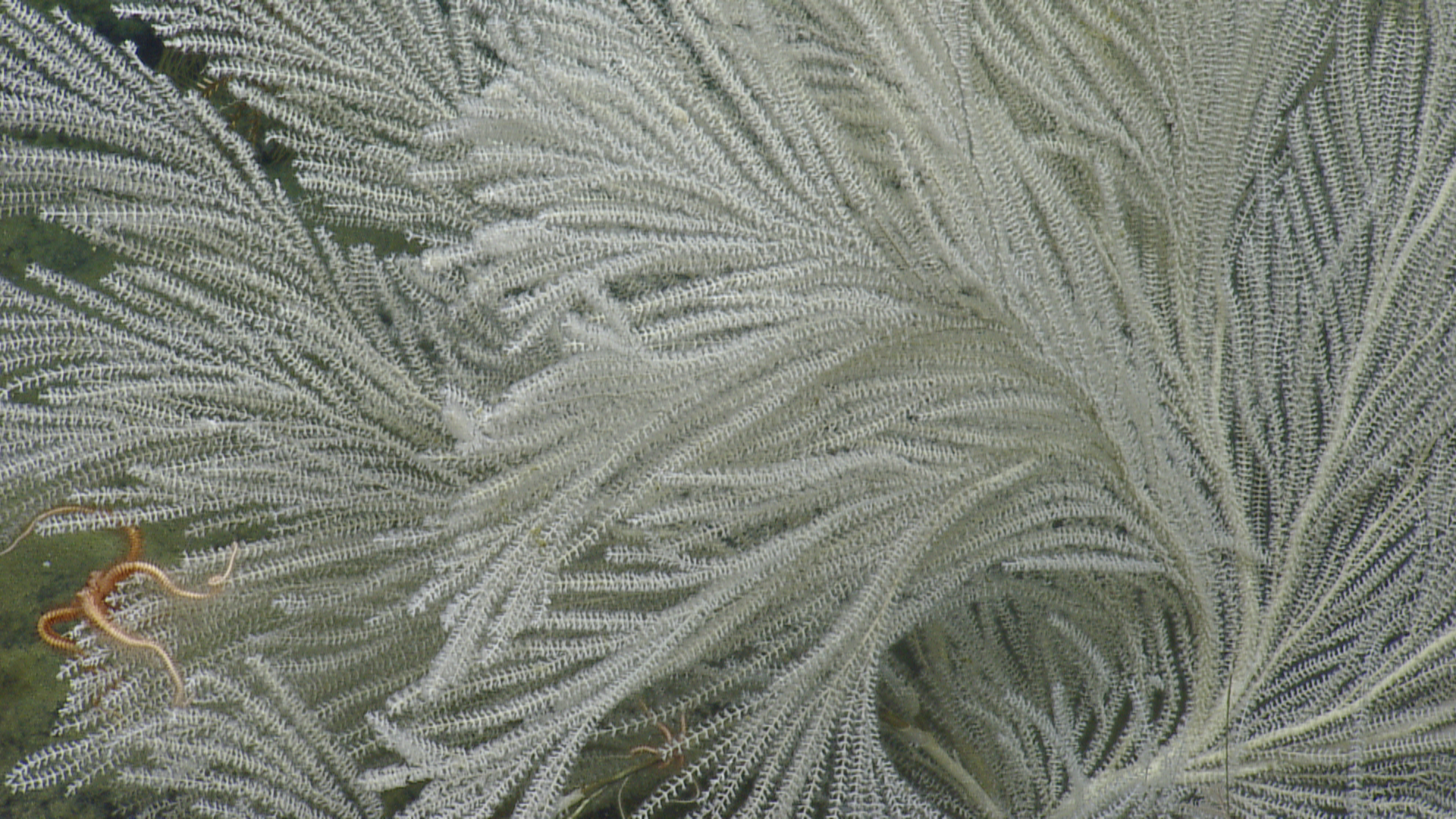

We also saw several species of deep sea fish, including this giant cusk eel. However, our ROVs are bright and loud, so at least some species with mobility likely might move away from them as they approach.
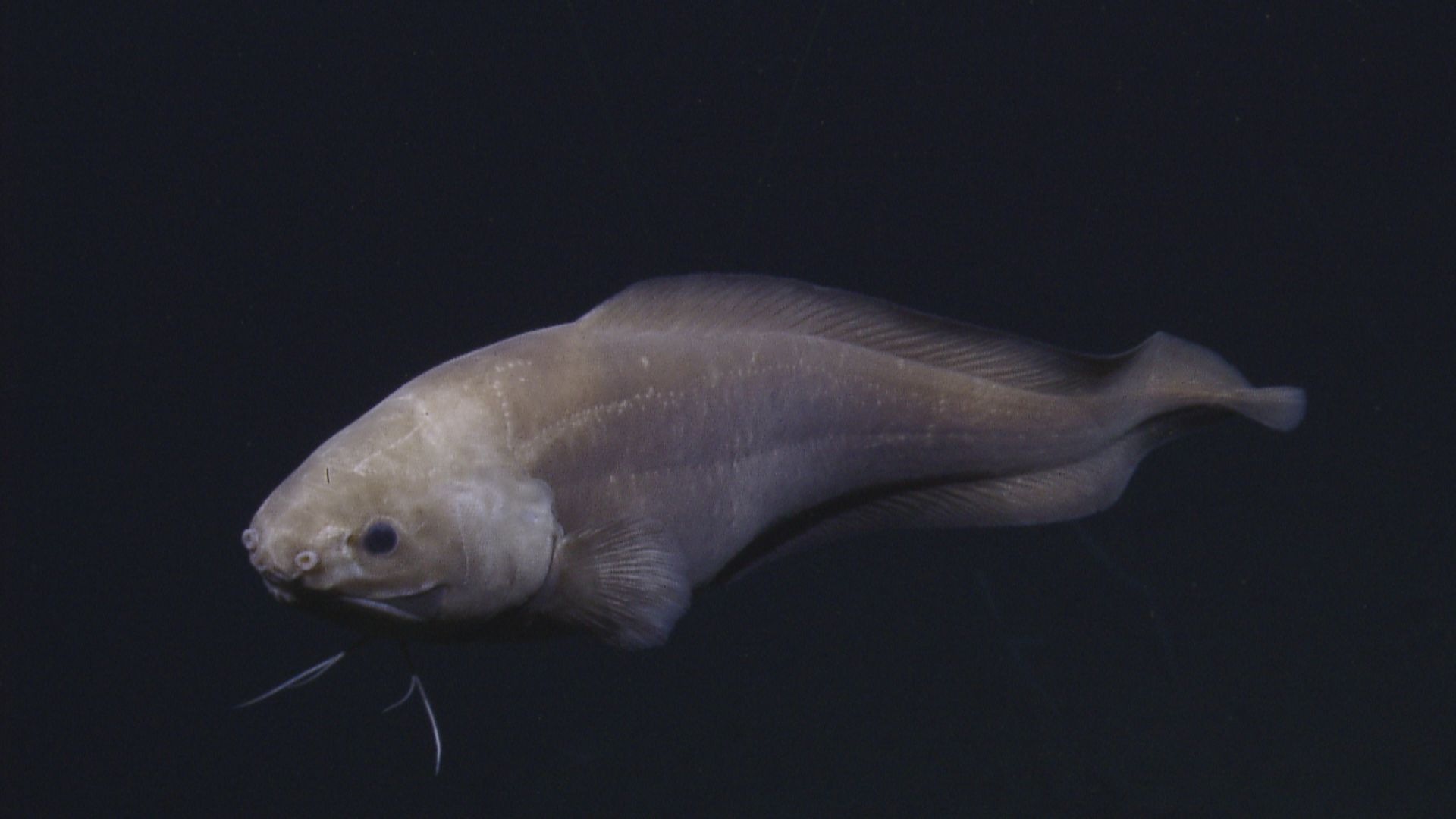

This sponge garden was growing on the side of a mound of clay on the seafloor. When we saw it on sonar we hoped that it was a rocky outcropping that could serve as habitat for corals, anemones, sponges and other species. When we arrived and found this young sponge garden, we did what any good scientist would do to find out what the mound was made of–we used the robotic arm to poke it!
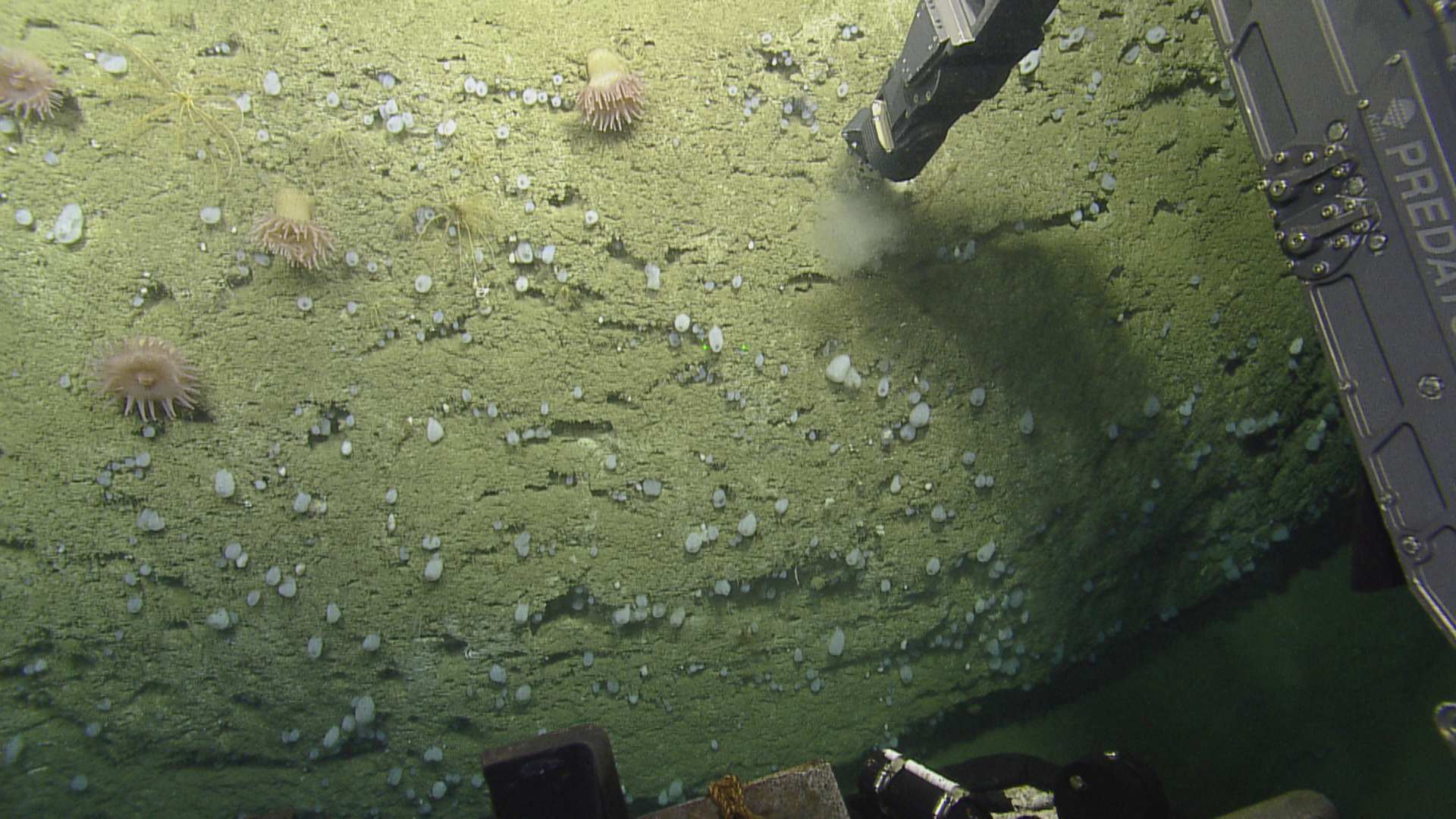

The amazing thing about exploring aboard the Nautilus is that we never know what we are going to find on the deep seafloor. This past week it was a Ringo Starr fantasy come to life in an octopus’s garden. Join us on the live stream at www.NautilusLive.org and you can be a part of what we find next!
Sign up for our emails!
The post A Real Life Visit to an Octopus’s Garden appeared first on Ocean Conservancy.
Read the full article at: https://oceanconservancy.org/blog/2018/10/31/real-life-visit-octopuss-garden/


